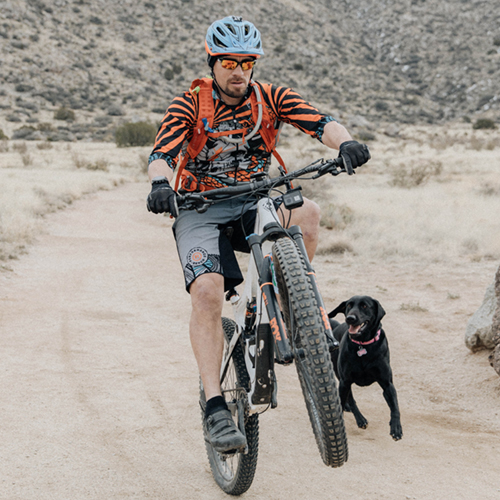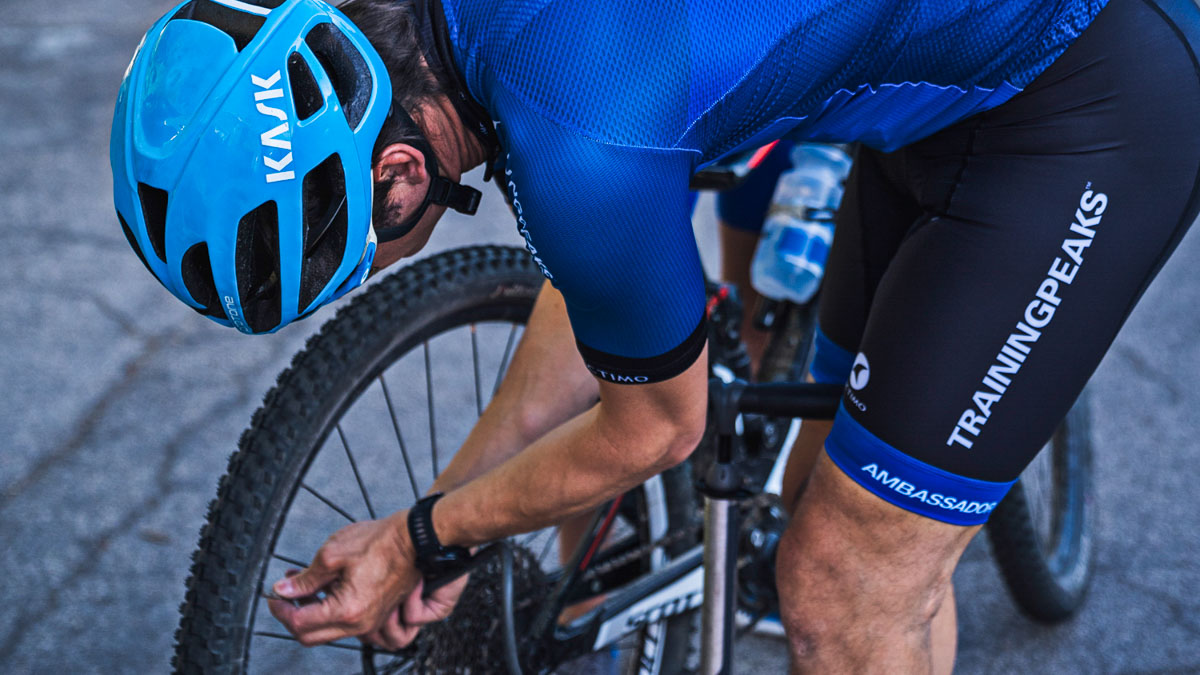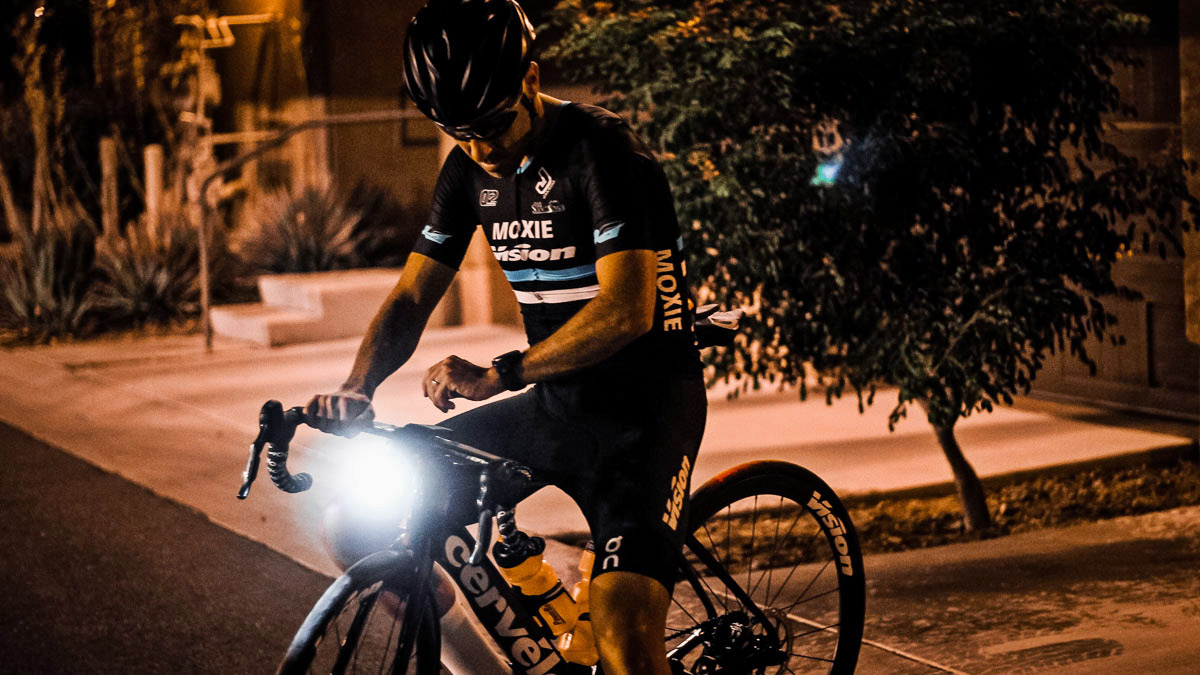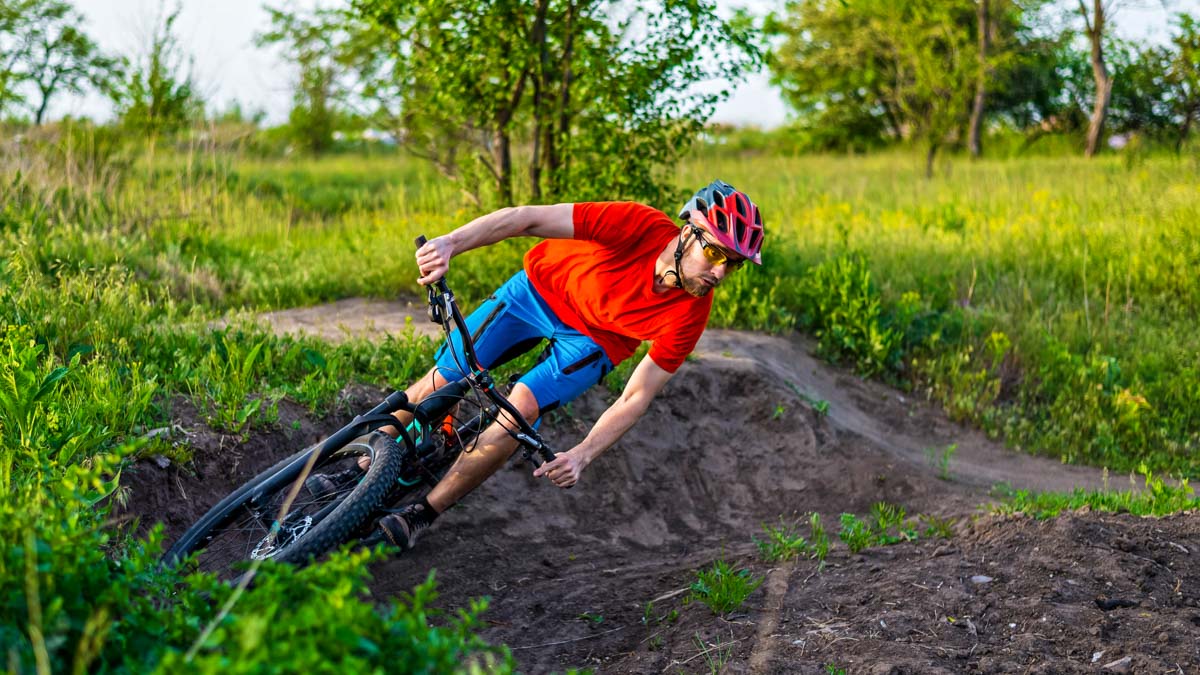In the first three parts of this series, I explored how you can improve your mountain biking performance by getting stronger in the weight room, increasing your power production on your bike, and enhancing both your anaerobic capacity and skill at the pump track. Now that I’ve explored what it takes to go faster for longer, it’s time to look at the other side of the coin — what you can do to recover better.
Like with any other physical activity, adaptation and progress can only occur when you pair a challenging stimulus with giving your body the chance to bounce back. The tendency for younger athletes is to push themselves day after day until something breaks, which isn’t sustainable for very long. As you get older, your body starts giving you stronger signals that you need more recovery, including muscle soreness, joint pain, and, if you continually shortchange your recovery, even injury. In this article, we’ll look at some ways you can get ahead of these issues and take a more proactive approach to your recovery so you can feel better, bounce back quicker, and reclaim lost range of motion.
Common Trouble Spots
To be your best on your bike, it’s not enough to be strong and powerful with great endurance — you also need to be mobile. Unfortunately, this last area is one in which many people struggle. Most of the mountain bikers I work with are chronically tight in their hip flexors, calves, and lats (the big fan-shaped muscles on your back). While I do work with some professional athletes — most notably MMA fighters — many others are weekend warriors who have day jobs.
Sitting for seven or eight hours a day at their desks merely compounds the tightness they develop while on the bike or in the gym. Other common areas that get stiff and sore include the adductors, IT band, and quads (particularly the VMO that’s located in the inner thigh just above the knee, which can start to tug on the joint itself if it stays tight).
Soft Tissue Work 101
The simplest way to start tackling mobility issues is to work on them for a few minutes daily. I typically do 10 to 30 minutes each evening. A sneaky way I fit this in is to spread out my mobility tools (balls, rollers, etc.) on a mat and use them while I’m watching a movie with my family. If I’m particularly sore that day, I’ll spend the entire run time tackling soft tissue adhesions and joint restrictions. When I’m done, I feel more relaxed and mobile; and when I get back on my bike, I notice a big difference.
A key with mobility work is that your body has to feel relaxed. One of the most common mistakes for someone who’s just starting a daily practice is to buy the hardest ball or roller they can get their hands on and go to town with it. If your body isn’t used to the kind of stimulus that such tools provide, it’s going to tense up and lock down even more if you start hammering your soft tissues. The experience will feel unpleasant and you might even end up with bruises on those areas where you overdid it.
Instead, I advise that you take a slow and steady approach, just like you would if you were starting a new program in the gym. Similarly, what you should be aiming for is consistency. You’re only going to stick with daily mobility if your first few experiences are positive and you’re able to relax to the point that the soft tissue work has its desired effect. As such, I suggest that you start with softer tools and then progress to denser ones as needed once your body gets used to a few minutes of mobility every evening.
If these entry-level tools still hurt, stick with them. I vividly remember how the softest roller almost brought tears to my eyes when I first used it on my calves during a personal training course that I took back in 2003. Once I’d desensitized the muscles and fed some slack into them, I began to feel more comfortable and started to notice improved range of motion and decreased soreness. I should also note that the bulk of your mobility work should take place after you ride or lift. You’re trying to get your body to chill out, which is the exact opposite of what you’re going for on the trail or at the pump track.
Hitting Your Hip Flexors and Glutes
As you’re constantly hinging in MTB, your hip flexors have to handle a lot of force and can easily get super tight. One of these is the psoas, which is challenging to reach because it’s located deep in your abdomen on the front insertion (just below and on both sides of your belly button). To start with, you can try using a softer, bigger ball to reach it. Then as you desensitize the area, you could move on to using a tool like the Pso-Rite, which I’ve found to be very effective as it specifically targets the psoas. Stimulating this trigger point by gut smashing can have a magic trick effect of releasing tightness in your lower back, as the psoas also inserts here. After a few minutes of gut smashing, you could then move on to smashing your quads, and then try Kelly Starrett’s couch stretch to further mobilize your hip flexors.
I also find the Pso-Rite is effective at sinking into my glutes when they’re sore. You could also try a roller or ball, followed by pigeon pose. My physical therapist recently traced the source of a back pain flare-up I had to the soft tissues around my ischial tuberosity (a.k.a. the sitting bones). When this is tight it can also cause or contribute to piriformis syndrome, which gives you a deep pain in your glutes that can also extend further down your leg if tight tissues clamp down on nerves. To get to this awkward area, I perched on the edge of my dining room table and moved slowly back and forth across the base of my butt. It sounds (and probably looks) weird, but it was a real game-changer.
Liberating Your Lats and Thoracic Spine
Your lats are some of the biggest muscles in your upper body. When you’re on the bike, they’re constantly engaged to keep your handlebars steady when you’re going in a straight line and to execute turns. As a result, they can get really matted down.
I like to start mobilizing my lats by moving back and forth across a roller on a mat. After a couple of minutes of these broad strokes, I go into finer details with a smaller ball like the Orb. You could use this on the floor or put it between your lats and the wall and carefully roll it back and forth.
Moving from the outside of your back to the inside, you can also tackle the ridge where your rhomboids and trapezius come together. This part of the thoracic spine can get very tight when you’re bent over your handlebars. To help these tissues relax, you can place a tool like the MobilityWOD Mush Gemini or two lacrosse balls taped together between your middle back and a mat. Alternate between breathing deeply into the tool and doing a modified crunch over it.
You can also try arching with both arms over your head. Don’t be surprised if you hear a click or pop — it’s likely just a minor release of tension that doesn’t do any damage. You can target this area by pinning a smaller ball against the ball and rolling it along the line between each shoulder blade and your spine, making sure not to touch the latter. Next, try a yoga pose like downward-facing dog, which will target your hamstrings and calves as well as spine extension.
Getting Into Your IT Band and Calves
After I’m done with a fast ride, the peroneals on the outside of my calves are usually on fire. If left unaddressed, tightness along this seam can lead to restrictions in the ankle and knee, particularly in riders who lack full ankle flexion. I like to get into this outer section of my calves with a ball or roller for a few minutes on each side.
I remember talking to James “Bone” Dexter, who created the BONZ running insoles, several years ago. He’s an expert in ankle and foot function and told me that to overcome tight calves, you have to use long-duration stretches. So once I’ve rolled my calves, I put one foot up on a low box in my house or, if I’m at the gym, on the back of a Rogue Echo bike.
This is a modified version of the calf stretch you’ve done with your foot up on a wall hundreds of times, but the lower angle is key as it helps to prevent your foot from going into deep dorsiflexion and your toes from going into flexion, which removes the emphasis on your calves. Instead, you could also use a low slant board with a 15-degree angle, or a curb. Spend a couple of minutes on each side to help lengthen your muscles.
Another area of the lower body where I get tight after mountain biking is the IT band. To unglue it, I use a roller first and then tilt to the side in a standing hip flexor stretch. The variation where I kneel and then lean to the side is also effective, as it’s easier to stay aligned and shortens the lever.
For mountain bikers and other endurance athletes, it’s imperative to take the time to properly stretch after your training sessions and races. Doing so will enhance your mobility so that you not only recover more efficiently but also perform stronger with a wider range of motion. Use this as a guide to support a longer, healthier athletic career.





